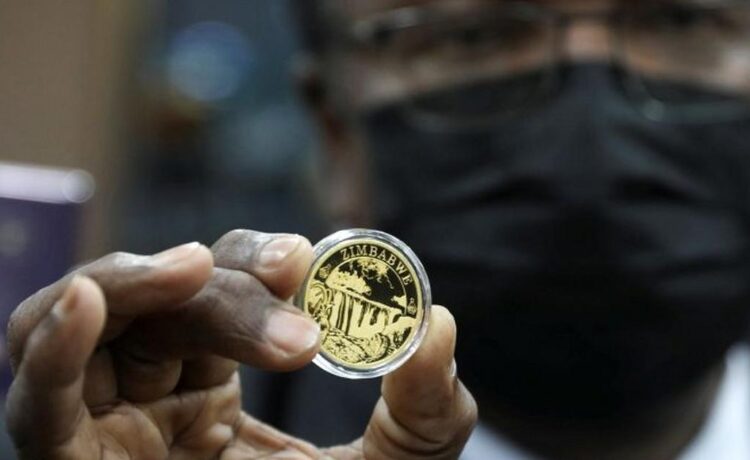Last Friday, the Reserve Bank of Zimbabwe launched the new gold-backed currency called ZiG to help stabilise the economy and protect citizens from currency fluctuations and sky-high inflations.
The new currency, initially pegged at 13.56 to $1, replaces the Real Time Gross Settlement Dollar (RTGS), which had experienced a huge loss in value this year, trading at 28,720 to $1 before the transition, Reuters reported.
Bank balances were converted into the new currency over the weekend, with customers given a 21-day window to do the same. The newly introduced ZiG banknotes will be available in denominations of 1, 2, 5, 10, 50, 100, and 200.
New banknotes are set to be introduced into circulation by the end of this month, as announced by the Reserve Bank of Zimbabwe.
The RTGS, also referred to as the Zimdollar was introduced in 2019 following a decade of dollarization. This period included the issuance of bond coins and bond notes, which were ostensibly pegged to the U.S. dollar and introduced in 2014 and 2016, respectively.
However, the Zimdollar faced challenges in gaining trust, and the decline this year pushed annual inflation above 55% in March. This surge has raised concerns about a potential return to the hyperinflation era experienced during the tenure of former president Robert Mugabe from 2007 to 2009.
As of Monday, commercial banks have started using the new official exchange rate.
However, it remains uncertain whether the currency, described by the central bank as “structured” and “anchored by a composite basket of foreign currency and precious metals (mainly gold) held as reserves,” will maintain its value.
Additionally, there are doubts regarding its acceptance by companies and citizens as a form of payment and a reliable store of value. Currently, approximately 80% to 85% of transactions are conducted in foreign currencies, according to the central bank.





